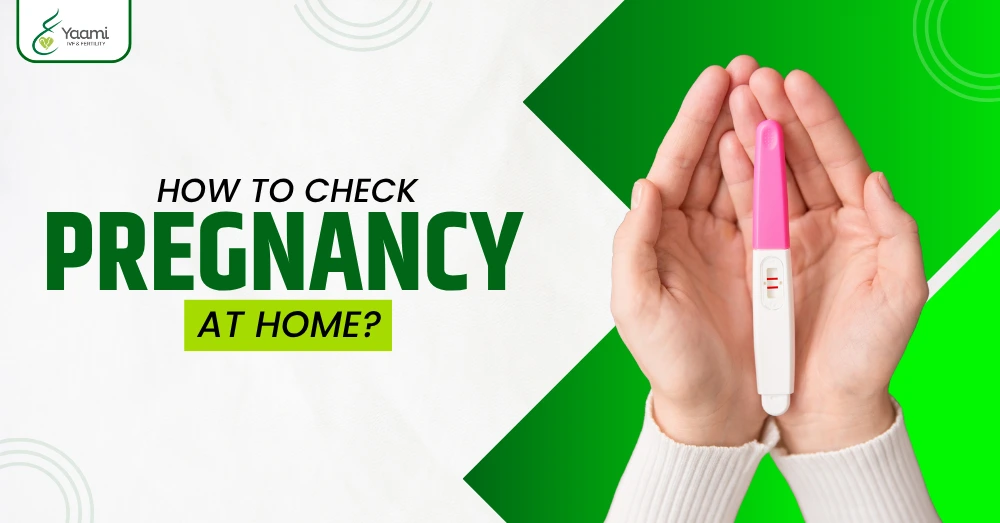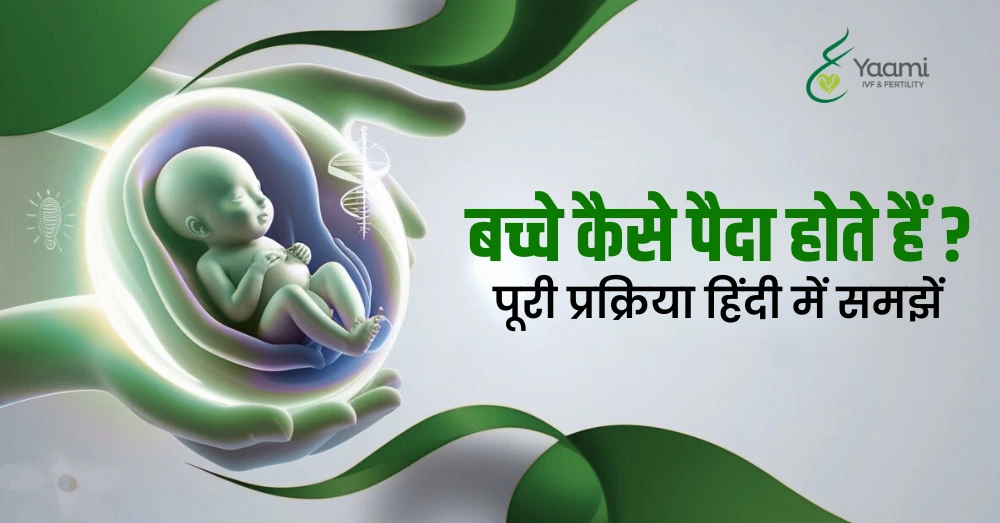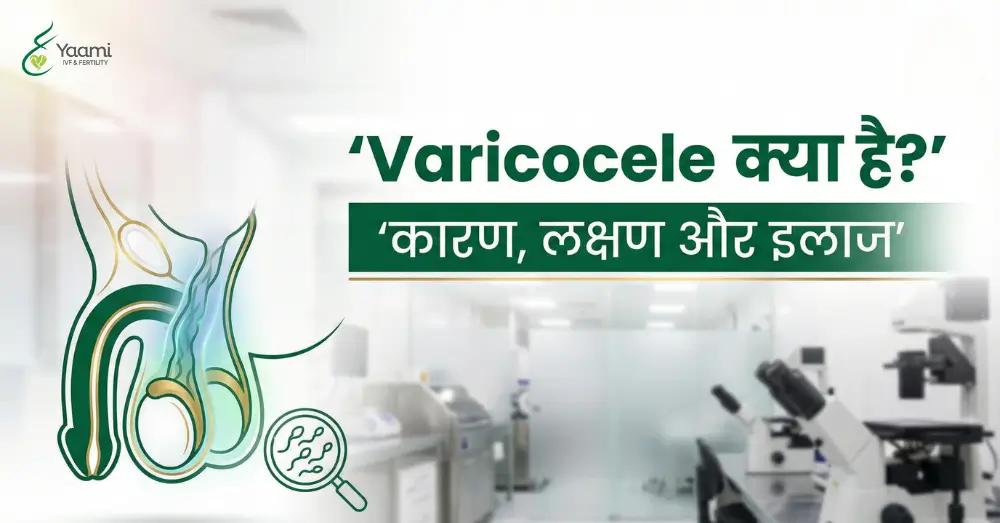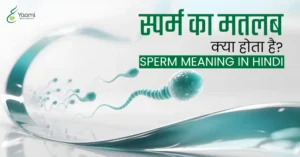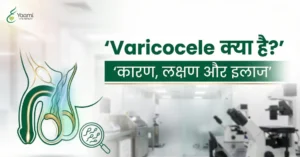The moment you realize that you might be pregnant, your mind races with hundreds of questions. Whether you’re hoping for a positive result or feeling desperate to confirm if you’re pregnant or not, you must know how to check pregnancy at home so that you do not need to rush to the clinic repeatedly. And once you confirm your pregnancy at home, you can consult a doctor for the next steps.
Modern technology has made it easier than ever before to check pregnancy in your own space.
But according to the Reproductive Medicine and Infertility Specialist, Dr. Sankalp Singh, knowing the right method for how to check pregnancy at home is also crucial, as it helps ensure the accuracy of the result.
From the best time to reliable methods or tips, this comprehensive guide will walk you through everything you need to know about checking pregnancy at home.
How to Use a Home Pregnancy Test Kit?
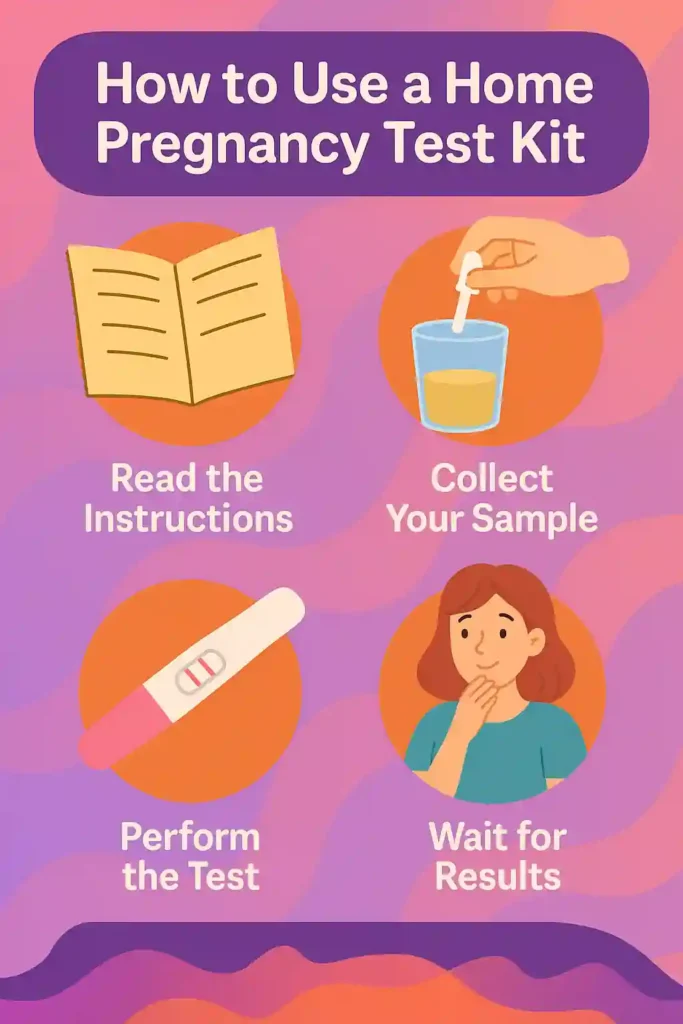
Whenever it comes to testing pregnancy, the very first thing that comes to mind is a Pregnancy Test Kit.
Modern Pregnancy Test Kit is the easiest way to check pregnancy at home, but at the same time, results might be misleading if you are not using them properly. Here are the step-by-step instructions to use a home pregnancy test kit for accurate results.
1. Read the Instructions:
Every test kit is slightly different, so always read the package instructions completely before starting.
2. Collect Your Sample:
Always use your first morning urine for the most concentrated hormone levels. You can either urinate directly on the test stick or collect urine in a clean cup and dip the test strip.
3. Perform the Test:
If you are urinating directly on the stick, then hold it in your urine stream for a few seconds (usually 5-10 seconds). If using collected urine, dip the strip for the recommended duration.
4. Wait for Results:
Place the test on a flat surface and wait for the specified period, typically 3-5 minutes, to read to results. Most tests show two pink lines for positive results and one line for negative results.
If you are taking a digital test, then it will display ‘Pregnant’ or ‘Not Pregnant’ clearly as the outcome.
Best Time to Test for Pregnancy
Whenever it comes to testing for pregnancy, timing becomes very crucial as it can impact the accuracy of your pregnancy result.
Let’s understand which is the best time to test for pregnancy.
1. Right After You Missed Your Periods:
Missed periods are the golden rule for checking pregnancy. Wait until you have missed your period. Your body takes at least 14 days after conception to produce hormones (HCG- Human Chorionic Gonadotropin) that can be detected in pregnancy tests. Therefore, if you want accurate results, wait till you miss your period.
2. Time of Day Matters:
Your first morning urine contains the highest concentration of pregnancy hormones. This makes it the ideal choice for whenever you test for pregnancy.
Factors Affecting Test Accuracy
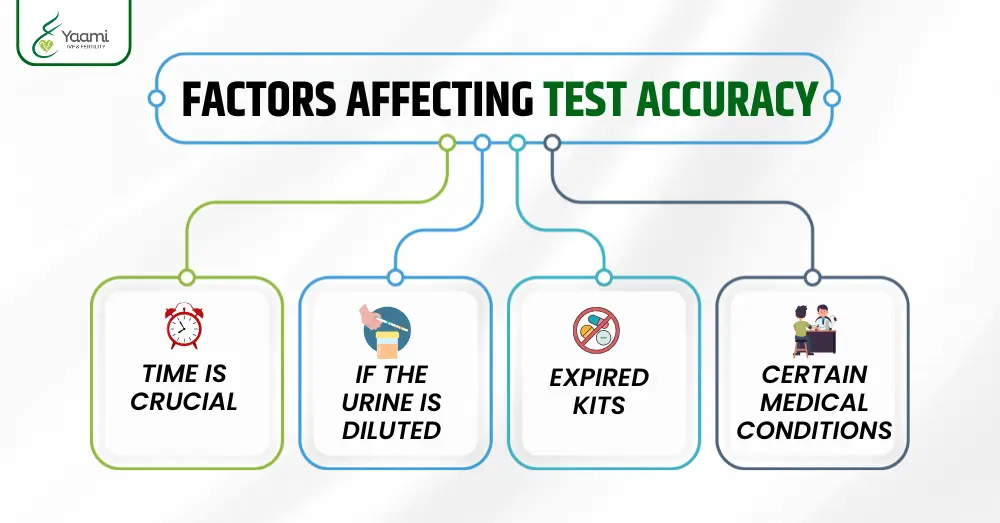
However, home pregnancy kits are a reliable way to check pregnancy at home, but there are a few factors you should consider to avoid the falseness of the test results.
1. Timing is crucial:
As we have discussed before, the home pregnancy test kit detects the hormone (HCG) to assess the pregnancy, and your body takes a few days to produce it after conception. Therefore, if you take the test too early, the results might be negative even though you are pregnant.
2. Certain Medical Conditions
Certain medical conditions, like ovarian cysts, kidney disease, urinary tract infections, and ectopic pregnancy, can cause hormone levels to fluctuate, potentially affecting your test accuracy.
3. Medication Interference
If you’re on medications like fertility drugs containing hCG, anti-anxiety medicines, antihistamines, etc. Then the results of your home pregnancy test might be misleading.
4. Expired Test Kit
If the test kit is expired, then the results might be false. Therefore, before purchasing any pregnancy test kit, pay attention to the expiry date. Also, do not use damaged kits.
Types of Home Pregnancy Tests
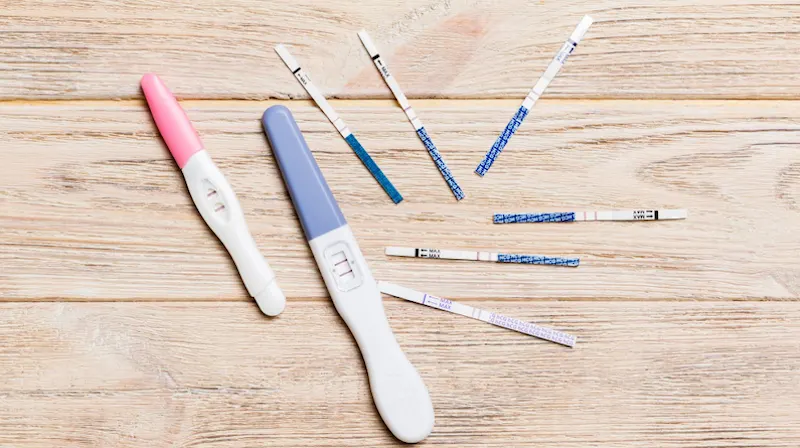
While exploring how to check pregnancy at home, you’ll encounter several test varieties. Each has its best-use scenarios.
1. Digital Tests
Digital Tests are very popular in today’s modern world. They eliminate your guesswork by displaying in clear words like ‘Pregnant’ when it’s positive and ‘Not Pregnant’ when it’s negative. These are easy to read, and some advanced test kits also feature conception timing.
2. Strip Tests
Strip tests are very popular and show results through colored lines. One line means not pregnant while two lines indicate pregnancy. As compared to the digital tests, these are affordable and widely available.
Strip tests require you to collect the urine sample in a cup and then dip the strip.
3. Midstream Tests
These popular tests allow you to urinate directly on the absorbent tip without any need for a collection cup. As compared to the strip tests, these are more hygienic.
Read Also: Early Pregnancy Symptoms in Hindi
Natural Methods for Checking Pregnancy
Before these modern pregnancy test kits existed, women used to rely on traditional home-based methods to determine pregnancy. However, these approaches lack scientific backing, but many women still find them interesting to try alongside especially when a medically proven modern pregnancy test kit is unavailable.
Let’s check some of the popular natural methods for checking pregnancy.
1. The Sugar Test
This method is based on how sugar reacts with your urine.
How to do it:
1. Place 3 tablespoons of sugar in a container.
2. Add your first morning urine to the sugar
3. Wait 5-10 minutes and observe
How to check pregnancy:
If the sugar clumps together instead of dissolving, then you are pregnant.
2. Baking Soda Test

This test relies on observing chemical reactions between urine and baking soda, which means how your urine reacts with baking soda.
How to do it:
1. Put 2 tablespoons of baking soda in a container or disposable cup.
2. Add your first morning urine to the sugar.
3. Observe fizzing or bubbling.
How to check pregnancy:
If there is fizzing, then it indicates pregnancy, while if there is no reaction, then there is no pregnancy.
3. Soap Test
This method uses plain and unscented soap to check pregnancy.
How to do it:
1. Place a small piece of plain soap in a clean container
2. Pour some amount of urine over the soap
3. Wait for a few minutes to check bubbling or frothing.
How to check pregnancy:
If there is bubbling and frothing, then it’s a positive sign of pregnancy.
It is important to note that these natural methods are not scientifically proven and should never replace proper pregnancy tests or medical consultation.
Whether you’re a couple planning for a baby or an aspiring mother, learning how to check pregnancy at home will help you in your parenthood journey.
Remember that the accuracy of pregnancy test results effectively depends on proper timing, following instructions carefully, and understanding what can affect your results.
If you’re trying to conceive and getting negative results month after month, don’t lose hope and take expert guidance from a fertility clinic like Yaami Fertility. At Yaami Fertility, our experienced team helps couples navigate their fertility journey with personalized care and advanced treatment options.
FAQs
What does a faint line mean?
Any line, no matter how faint, typically indicates a positive result. Pregnancy hormone levels start low and increase over time. If you see a faint line, retest in 2-3 days – the line should become darker if you’re pregnant.
How accurate are home pregnancy tests?
Home pregnancy tests are over 99% accurate when used correctly after a missed period. However, there are still chances of false results if you test too early or use diluted urine.

Dr. Sankalp Singh (MBBS, MS – Obstetrics & Gynecology, FIRM, FRM – Germany) is a highly respected Reproductive Medicine and IVF specialist with over 20 years of clinical experience. He is the founder and chief consultant at Yaami Fertility & IVF Center, Indore, where he provides advanced fertility solutions including IUI, IVF, ICSI, and fertility preservation. Trained internationally, Dr. Singh combines global expertise with a compassionate approach to guide couples on their journey to parenthood. He is also deeply committed to academic teaching, clinical research, and spreading awareness about reproductive health and fertility treatments.

